When you are researching the yogic breathing exercises. A question that may arise in your mind is whether there is an order to do pranayama. The effects of the various pranayamas are not the same, and it will be worth your time to take the time to ensure that you get the sequence of the pranayamas.
An adequate order guarantees deep and harmonious outcomes, as you may lose the advantages and even receive negative outcomes in case of the wrong order. Many beginners often ask How do you do pranayama correctly for better breathing and relaxation. In the article, you will know how to organize your pranayama practice to get the best out of it.
Correct Positioning of Calming Pranayama
These are pranayamas that you are supposed to do without any struggle. They eliminate stress and anxiety and contribute to the calming down of your nervous system. These pranayamas can be practised on their own for therapeutic purposes. Specially If you are thinking How do you do pranayama Start by sitting comfortably with your spine straight.

- Bhramari pranayama: Short pause of breathing and chin lock, root lock. Breathing in and keeping the ears closed.
- Sheetali pranayama: You fold your tongue to create a tube and breathe leisurely through that tube. Then short holding with chin and root lock.
- Seetkari pranayama: When they are performed in conjunction with other pranayamas. They may be put at the start, midway, and end of a pranayama session. However, the perfect location would be between the pranayamas of the preceding groups and the pranayama of Nadi Shodhana. When you have such an order, you get the advantage of straining the boundaries of your breath first. Then bring your nervous system to a repose. Having followed the order which I have just given you. You will now be prepared to penetrate further. Here we have reached the final category. I refer to it as meditative pranayama. Yoga teachers always explain how do you do pranayama to help students gain full control over their breath.
Read Also:- 200 Hour Yoga Teacher Training in Rishikesh
Preparation Before You Begin
Practising pranayama, preparing a peaceful atmosphere. Find a hidden spot where you will not be bothered. Seat yourself in a comfortable position and usually in some form of meditative pose like Sukhasana and Padmasana, or even on a straight-backed chair. In case you find it hard to sit on the floor. Hold your back straight and your shoulders loose, and your eyes loosely closed. Doctors often recommend learning how do you do pranayama for natural blood pressure control.
You should just sit down and breathe, just have a few moments and breathe in its depth and the rhythm and flow of your natural breath. This will assist you in calming your mind and being mindful of your breathing pattern prior to starting the techniques. Specifically, it is best to practice on an empty stomach, most preferably in the early morning.
Major Pranayama Techniques and How You Do Them
1. Anulom Vilom
The most used pranayama is Anulom Vilom. It assists in balancing the right and left sides of the brain and opens up the blocked energy channels, and enhances clarity of the mind.
How to do it:-
- You can sit upright and back straight.
- Vishnu Mudra Vishnu Mudra. The index and middle fingers are folded inward with your right hand.
- Seal your right nostril with your thumb and sniff deeply with the left nostril.
- Make one of your nostrils your left, close with the right index finger and breathe out with the right.
- Breathe in with the right nostril and close with the right, and breathe out with the left.
- This completes one round. Practice 5 -10 rounds slowly.

2. Bhramari Pranayama
Bhramari is the bee of the black Indians. This is a calming routine where a humming sound is used during the exhaling process and thus producing internal vibration and relaxing the mind.
How to do it:-
- Find a comfortable posture and shut your eyes.
- Hold your thumbs on your ears, index fingers on your forehead and the other fingers over your eyes that are closed eyes.
- Breathe in deeply using your nose.
- Slowly exhale and make a soft sound like a bee. And feel the throb in your head and throat.
- Repeat five to seven rounds.
Benefits:- It lowers the anxiety level, eases tension and increases concentration and improves sleep.
3. Kapalabhati Pranayama
Kapalabhati is a strong purification method that cleans up the lungs and gives vitality to the whole system. Here, the emphasis is placed on forced expiration and passive inhalation.
How to do it:-
- Sit now and kneel on your hands.
- Breathe normally, then inhale sharply through the nose and suck in the belly button at the same time, towards the spine.
- Let the breathing come naturally, do not strain it.
- Trade at a regular tempo and complete 30 brief, sharp breaths in each round.
- Rest between rounds and take several deep breaths. Practice two to three rounds.
Precautions:- Do not take them when you have high blood pressure, heart disease, a hernia, or are pregnant.
Benefits:- Energizes the body and builds up the lungs. helps in digestion and also sharpens up the mind.
4. Bhastrika Pranayama
Especially, Bhastrika refers to the strong breathing method that enhances the supply of oxygen. improves vitality and removes stagnant energy in the body.
How to do it:-
- Sit down with your hands on your knees.
- Inhale deeply through the nose and fill the lungs.
- You can breathe out vigorously through the nose and pull in the stomach.
- Keep on with rhythmic movement - breathe in and out, and equally powerful and quick.
- Begin with 10-15 rounds of breaths and keep on adding slowly as your strength increases.
Benefits:- Makes one more alert, improves the respiratory and makes the body more energetic.
5. Nadi Shodhana Pranayama
This is a comparable method to Anulom Vilom, but faster and retention of breath retention is sometimes applied. Specifically, it is a cleansing method that cleanses the nadis and balances Ida and Pingala energies. Once you master how do you do pranayama, you’ll feel a deep sense of peace and inner balance.
How to do it:-
- Sit down and relax, and breathe in a few deep breaths.
- Same Vishnu Mudra hand position.
- Breathe in and hold on for a few seconds, and then exhale using the right nostril.
- Then breathe in right or retain and breathe out left.
- Take 5-7 rounds at a slow and intentional pace.
Benefits:- Cleanses energy channels and promotes emotional stability, and deepens meditation.
General Tips for Practising Pranayama
- It should always be done on an empty stomach and preferably in the morning or 4-5 hours after a meal.
- Straighten your back and loosen your shoulders to enable the free passage of air.
- Straining or forcing of the breath should be avoided, and comfort and awareness should be the major focus.
- Be regular. Even ten to fifteen minutes per day can make a difference.
- Specifically, Exercise in an open area to be able to get enough oxygen.
Also Go Through:- 7 Days Yoga and Meditation Retreat in India
Conclusion
Pranayama is not only a breathing practice, but it is a spiritual science of control over life energy. It brings about harmony of body or mind, and spirit. As you practice and you can find that you no longer experience stress. Your concentration has tightened, and you are more relaxed and calm.

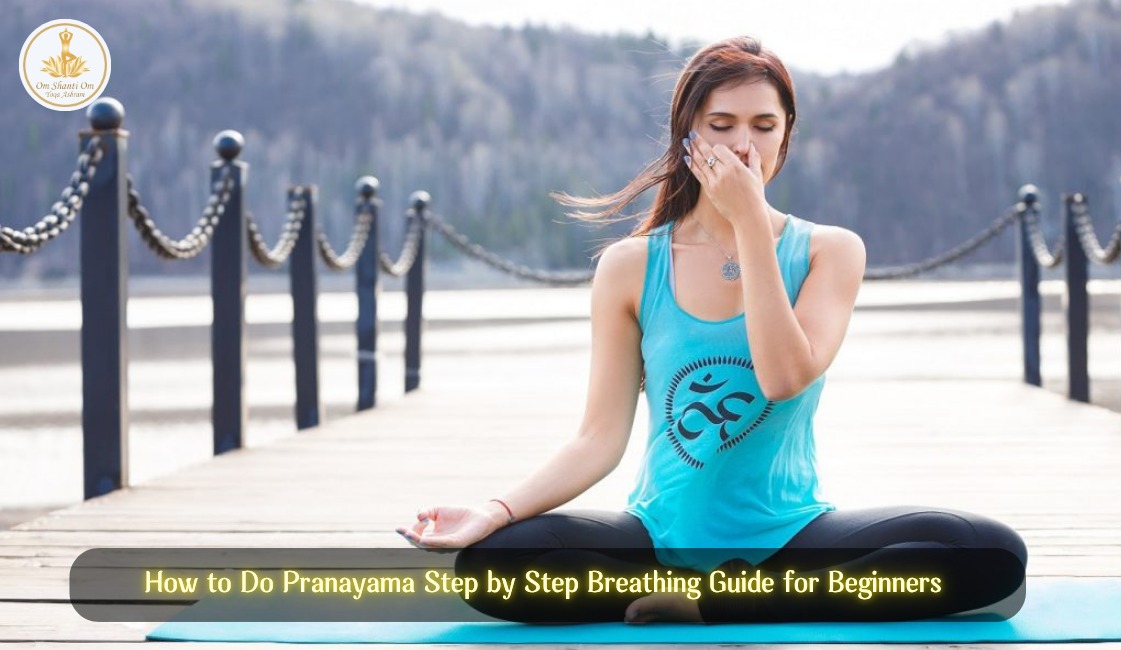






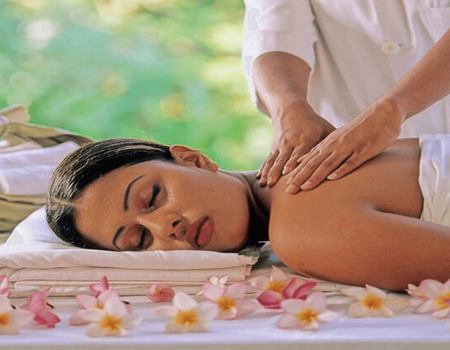
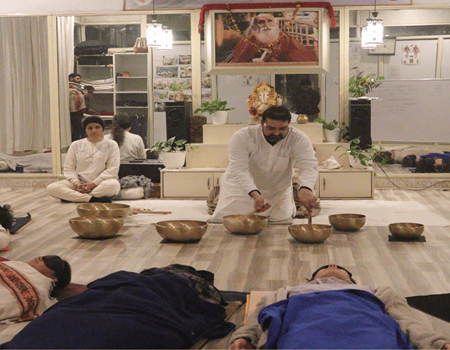
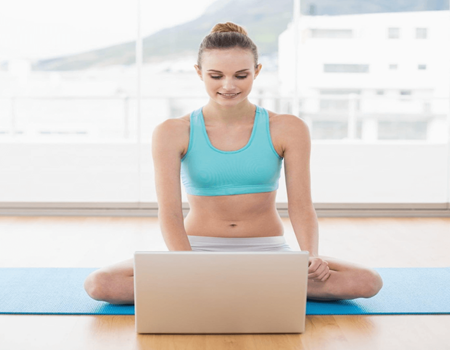
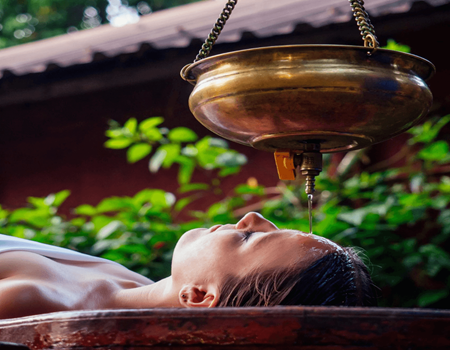
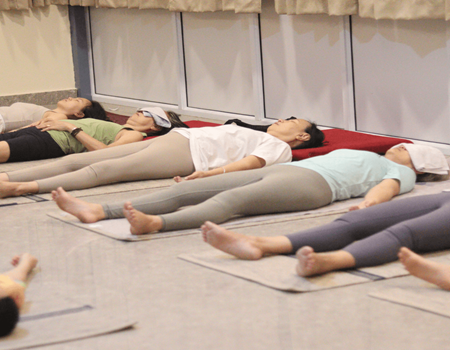
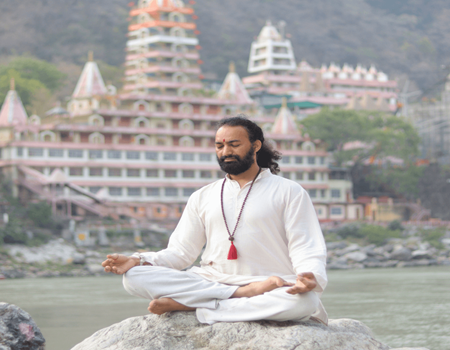
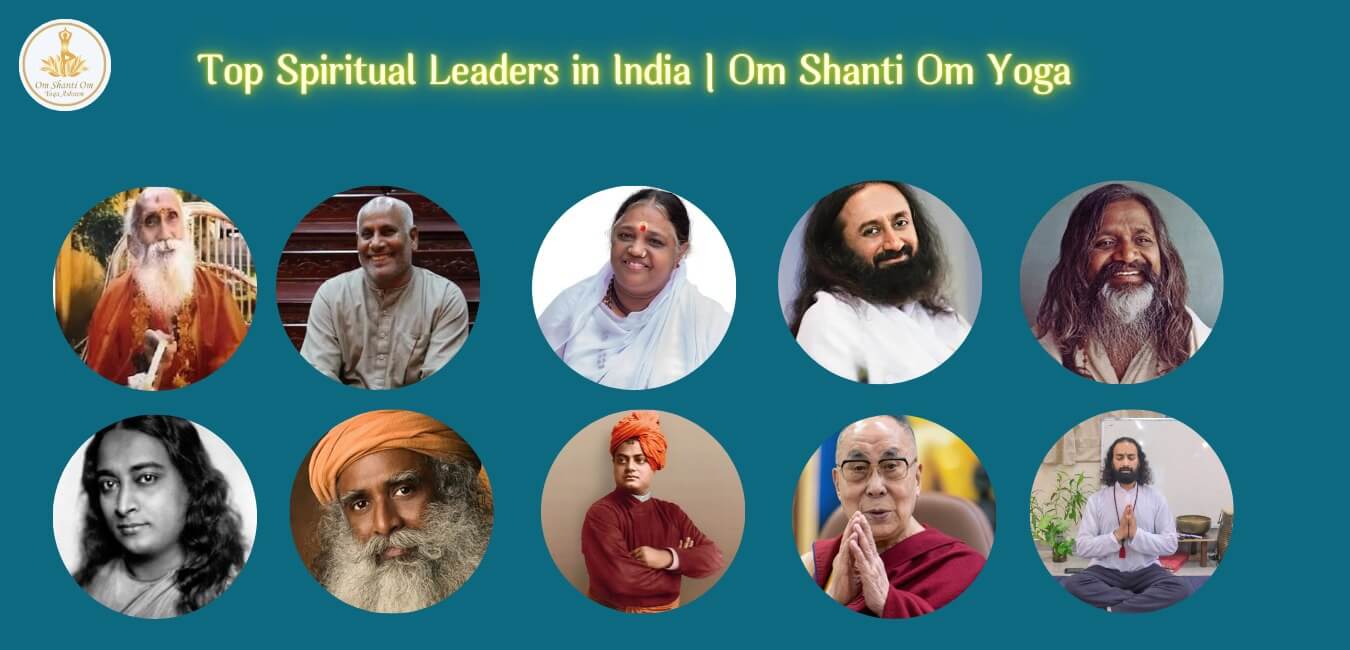
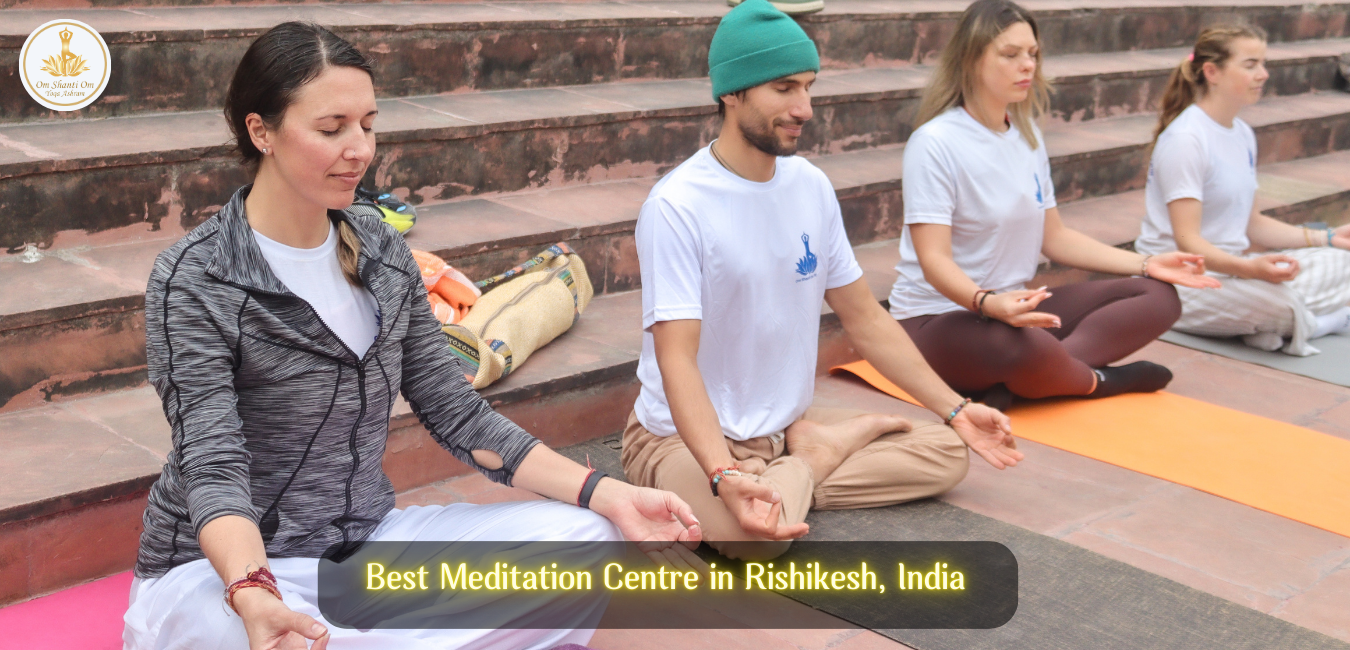

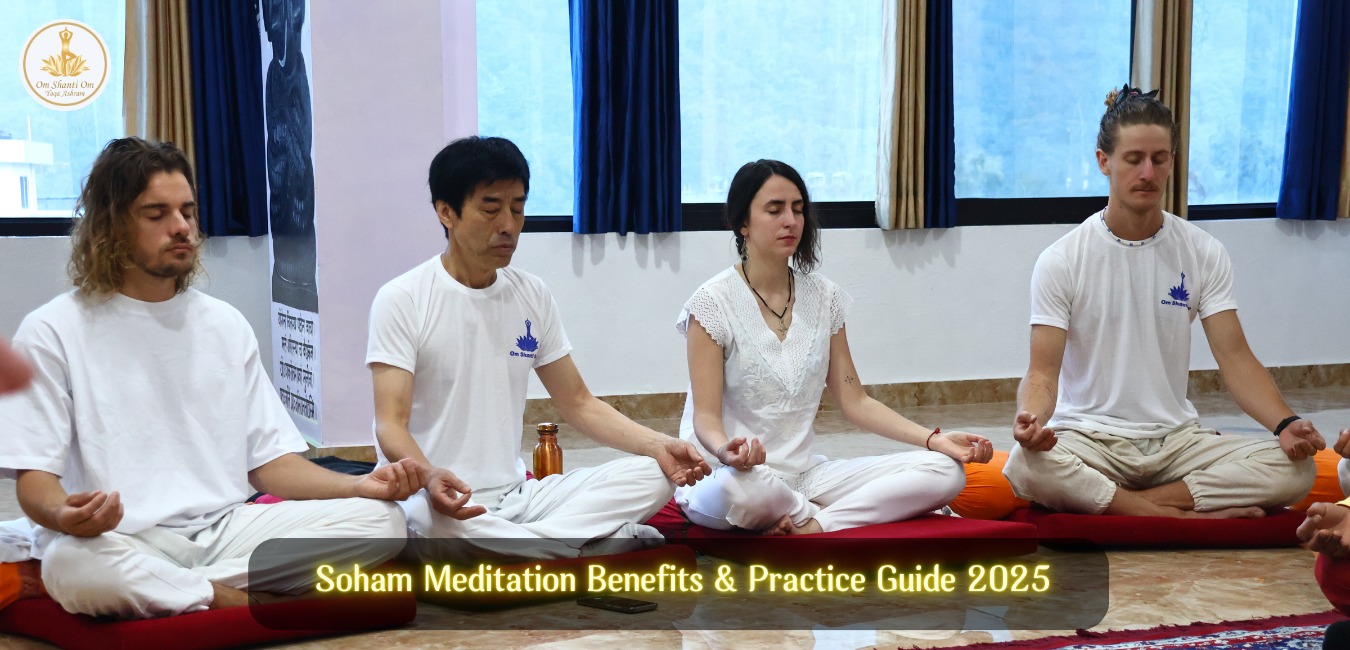

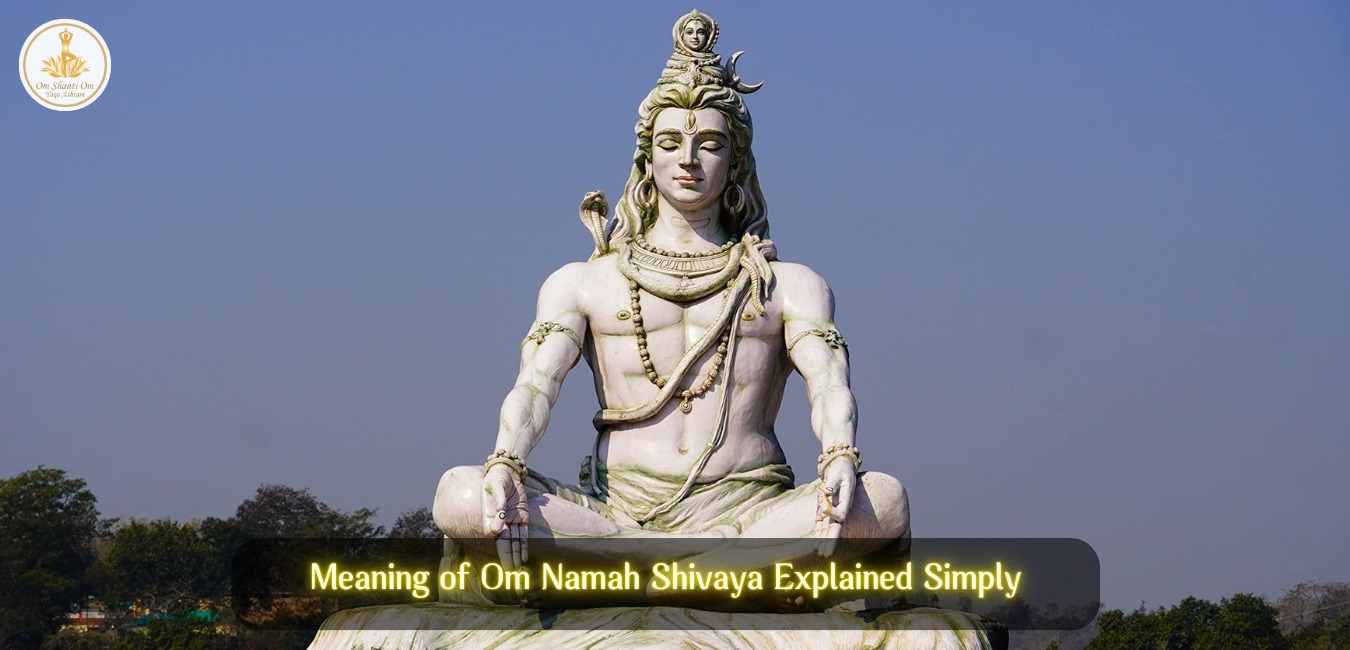
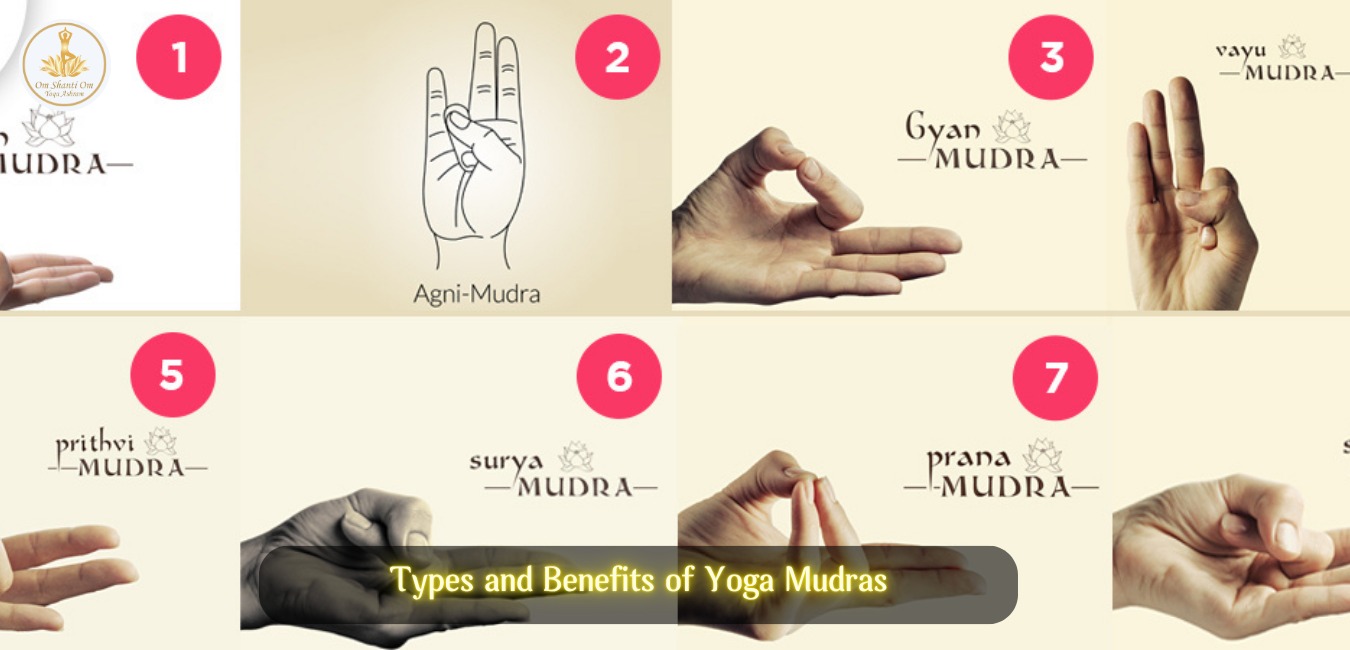

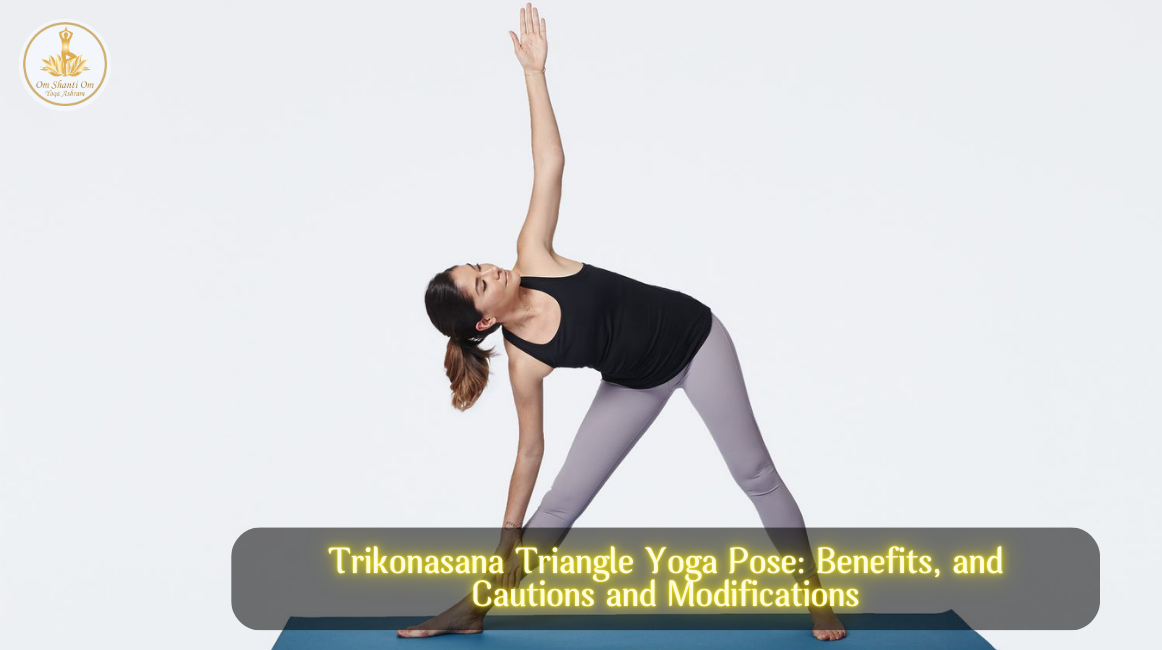

0 Comments
No comments yet. Be the first to comment!